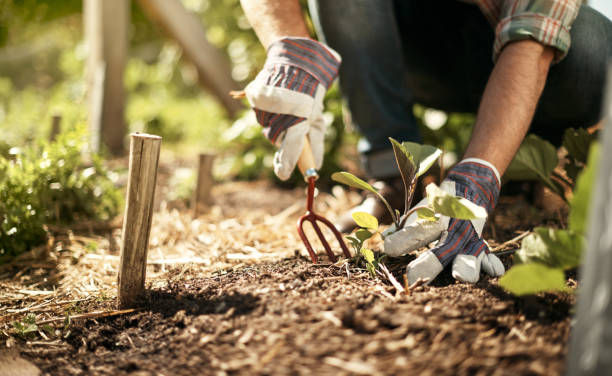Seasonal Gardening Guide: Tips for Year-round Success
- bernadettepiperyb9
- Nov 10, 2023
- 2 min read

Whether you are a seasoned gardener or just starting out, having a seasonal gardening guide can be incredibly helpful. It provides valuable information on what tasks to focus on each season, ensuring your garden thrives year-round. By following a seasonal gardening guide, you can maximize plant growth, prevent common garden problems, and enjoy a beautiful and productive garden that changes with the seasons.
As winter fades away and the weather becomes milder, spring is a perfect time to start preparing your garden. Begin by cleaning up your garden, removing any debris, and clearing out any weeds. You can also start planting cool-season vegetables like lettuce, kale, and radishes. Prune back dormant plants and shrubs, and don't forget to feed your plants with a slow-release fertilizer to kick-start their growth. Additionally, consider starting seeds indoors for summer blooms.
Summer is the time when your garden is in full swing, with vibrant colors and lush foliage. Regular watering is crucial during this season, especially during dry spells. Regularly deadhead spent flowers to encourage new blooms and remove any potential breeding grounds for pests. Protect your plants from extreme heat by providing shade or using mulch to retain moisture. Having fruits to plant in spring Harvest ensure you enjoy the fruits of your labor.
Fall is an excellent time to prepare your garden for the upcoming winter and ensure a successful gardening season the following year. Clean out any spent plants, remove weeds, and add organic matter to replenish the soil. Plant cool-season crops like broccoli, spinach, and carrots. You can also divide and transplant perennials this season to promote healthy growth in spring. Don't forget to protect your tender plants from early frosts with row covers or blankets.
Winter is a time of dormancy for your garden, but that doesn't mean you can't be proactive. Use this time to plan and prepare for the upcoming growing season. Consider ordering seeds, researching new plant varieties, and sketching out your winter vegetable garden layout. Additionally, winter is a great opportunity to clean and sharpen garden tools and perform any necessary maintenance on your gardening equipment. Take advantage of this downtime to read gardening books or attend workshops to expand your knowledge.
In conclusion, having a seasonal gardening guide can make a world of difference in the success of your garden. By following the recommended tasks for each season, you can ensure that your garden thrives year-round. From preparing the soil in spring to protecting plants from frost in winter, each season offers unique opportunities and challenges. So, start planning and get ready to enjoy a beautiful and productive garden throughout the year! You may need to check out this article: https://www.encyclopedia.com/plants-and-animals/agriculture-and-horticulture/horticulture/garden to get more info on the topic.


Comments